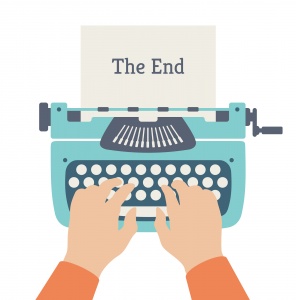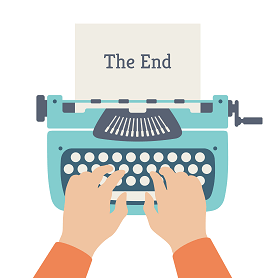|
4 More Elements to Telling an Attention-Grabbing Story |
||
4 More Elements to Telling an Attention-Grabbing Story

In the last post, we illustrated 5 key story elements with these opening application essay line:
The moment I found the lump, I suspected my life was about to change – in a big way. It was mid-May 2011. I was a busy consultant in McKinsey’s Chicago office, the proud father of a boy about to turn one, and a generally happy guy in his mid-20s.
It was tempting to wish the lump would just go away, and for a few days that was my strategy. I didn’t even tell my wife. But soon I recognized that knowledge is power, and made an appointment with my doctor. Within a week I had a diagnosis: cancer.
These seven lines contain important story elements including a killer opening (more literally than usual, in this case), context (mid-20s consultant, Chicago, 2011), stakes (life and death), obstacles (cancer), and character (fear and determination). You should include these key elements in all your story-based essays. Note that this does not mean your stories need to be as life changing as the one in our example; we’re talking about structure and storytelling technique here.
Storytelling element #6: Adding a twist
So what happens next in our tale? (Incidentally, a well-told story uses these elements to make readers ask that question again and again, pulling them through the story.)
Once I got past the initial shock, I discovered an unexpected challenge: choosing among major surgery, two rounds of chemotherapy, and “surveillance” (i.e., regular testing to see if the cancer was spreading). The options had the exact same survival rate (very high), but very different side-effect profiles. For example, the surgery was associated with potential nerve damage, while the chemo could have resulted in lower lung capacity.
This part of our story includes a twist and further obstacles. Twists, or surprise turns in stories – in this case, the challenge of choosing treatment – are not essential for grad school essays, but they can certainly make them more engaging: a teammate with a secret, a client’s abrupt shift in expectations, etc. In this story, the unexpected challenge also represented an obstacle, in that our courageous subject had to choose from three very different treatments with similar levels of effectiveness.
Storytelling element #7: Detailing the process
It was time for some deep research: with my wife’s help and inputs from my oncologist and other doctors, I pored over journal articles and other materials to understand my treatment options and their risks. For example, we learned that the surveillance course could take over five years before one could consider themselves cancer-free.
Here we have more evidence of character (how our guy took a methodical approach, rather than just picking a treatment impulsively or based on one doctor’s opinion), along with process, or the exact steps he took to approach the obstacle. Too many applicants leave out their process, skipping from “My team faced several major hurdles” to “The client loved our solution, and I got a raise.” You need to tell the adcom what you did, how you did it, and ideally how you engaged others to overcome the challenge as well. Even our cancer story here includes a team element (the wife and doctors).
Storytelling element #8 & #9: Sharing the outcome & Talking about lessons learned
After weeks of research and deliberation, I opted for two rounds of outpatient chemotherapy. I said goodbye to my hair and hello to needles and nausea. The first week went well. But as I neared the second, my doctor called: the chemo had pushed my white blood cell count too low, compromising my immune system. I would have to wait. For two weeks I avoided raw fruit and vegetables and stayed inside as much as possible. My white blood cell count rose, and I completed the second week of chemo.
Now, over eight years later, I’m considered cured, a survivor. The only physical residue of my treatment is slightly wavier hair. But the experience reinforced the importance of a proactive approach (I found out most men wait over six months to get lumps checked), of careful due diligence in health and other matters, and of never giving up. I carry those lessons into everything I do. So I was right: the lump changed my life in a big way; but I never could have guessed how positive those changes would be.
The last part of our story brings more process (how our survivor made a decision) and another twist (his low white blood cell count), along with the outcome and lessons learned. These last two elements typically tie together: the outcome (surviving cancer) reinforced multiple lessons, as noted above. It’s easy to spend too little (i.e., none) or too much (i.e., paragraphs) time on lessons learned; generally 1-3 lines gets the job done.
It’s also always recommended to wrap up your story by returning to your opening, to end with a killer ending with a broader theme or key realization or glimpse of the future.
Our story is just over 400 words, but it has all the important elements.
Do you need help writing your attention-grabbing story? Check out our 1-on-1 services for more information on how we can help you use story elements to write effective essays.
Related Resources:
• 5 Elements to Telling an Attention-Grabbing Story
• 3 Essential Components of a Personal Statement
• How Personal is Too Personal?
The post 4 More Elements to Telling an Attention-Grabbing Story appeared first on Accepted Admissions Consulting Blog.



[0] Comments to this Article